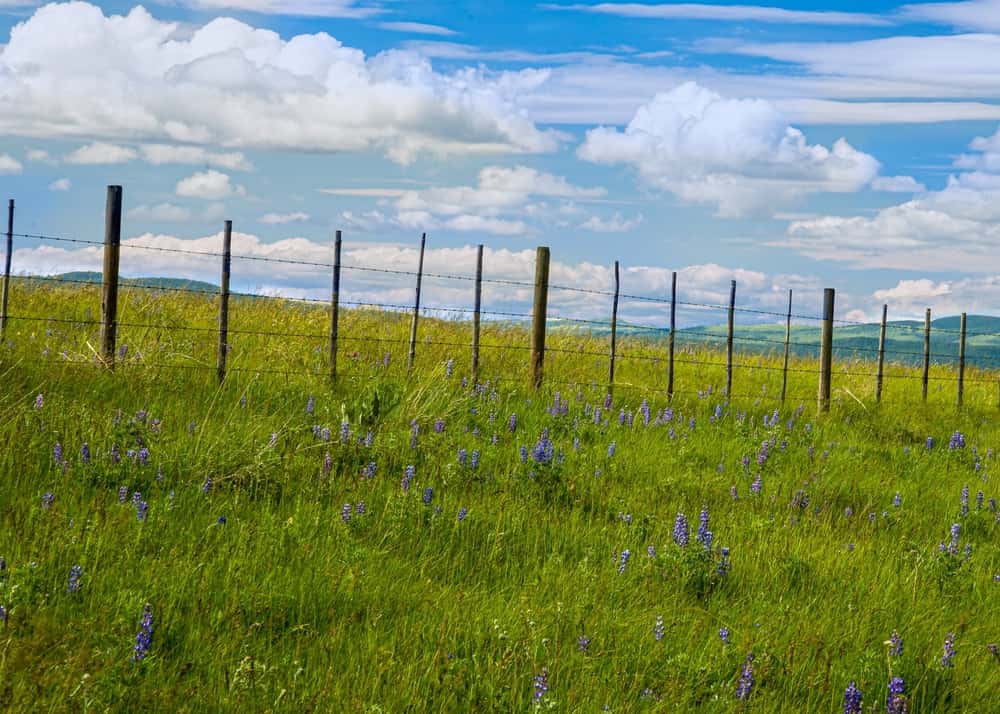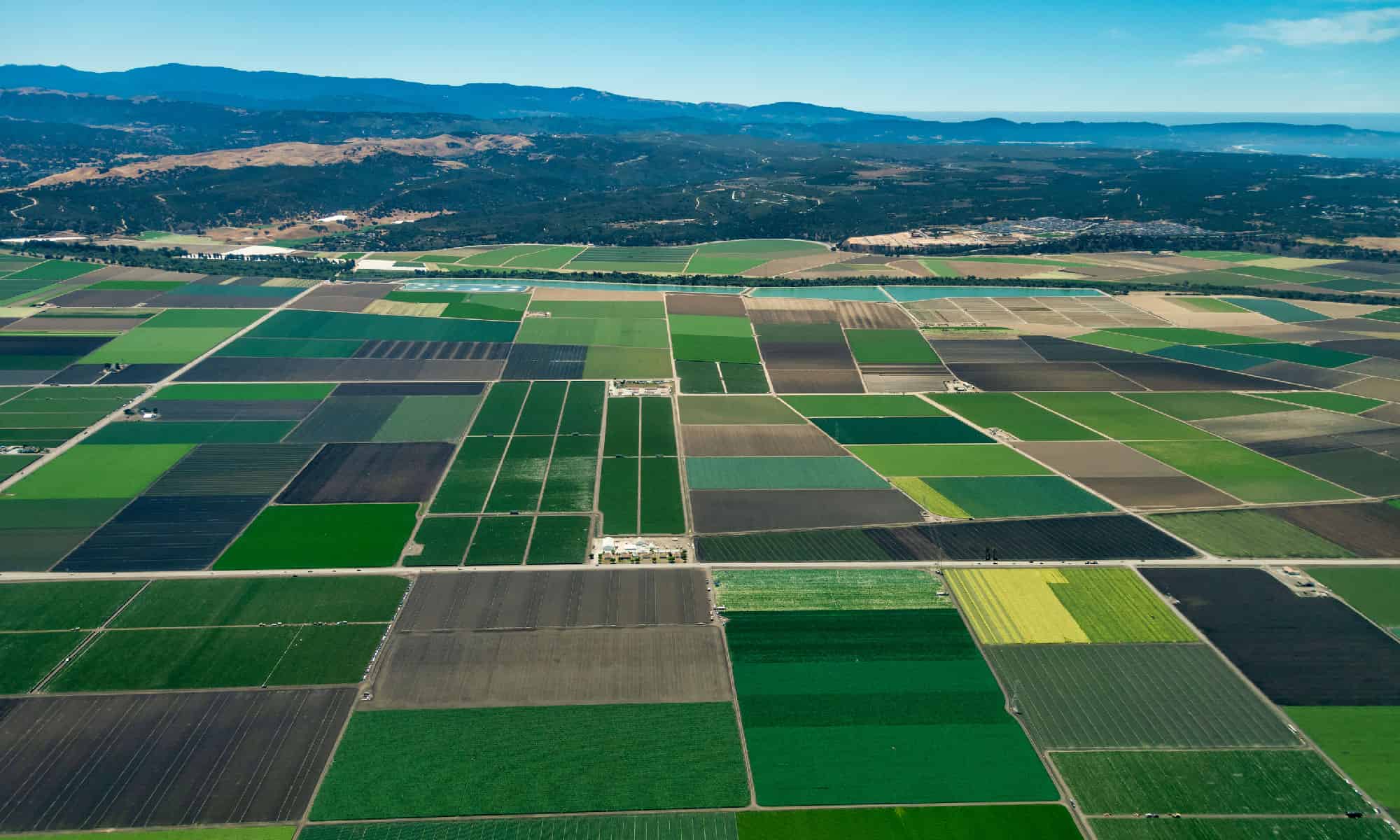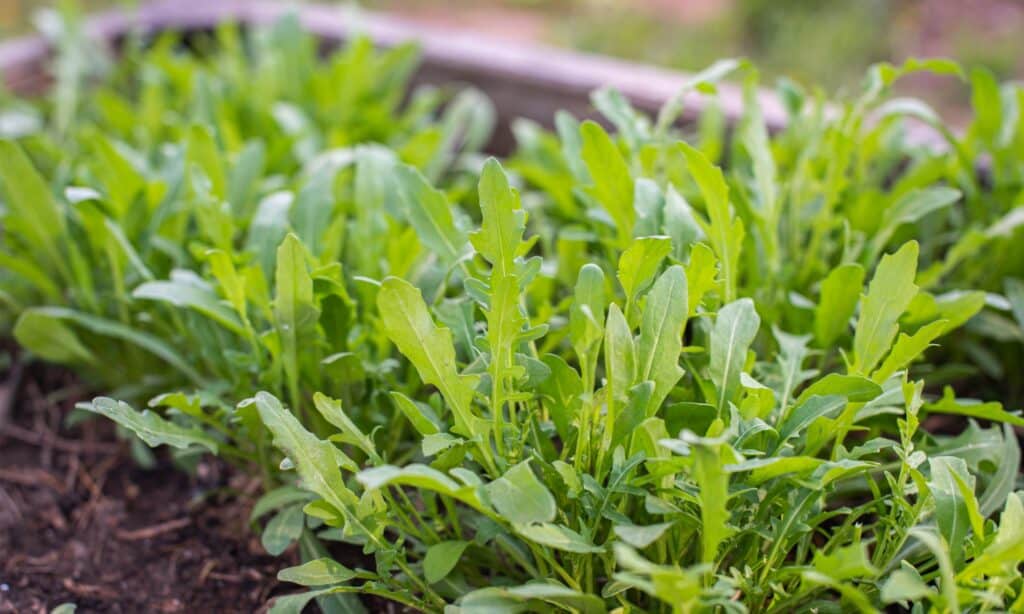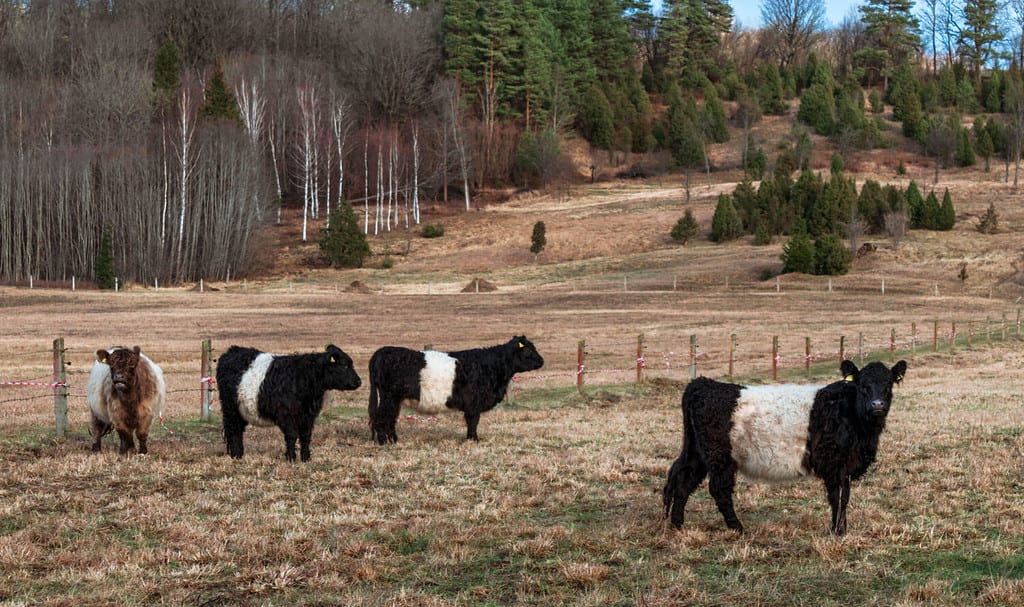Canada’s sprawling land in the northern hemisphere of the globe encompasses several different climates — from frozen tundra to deep and dark forests. Another often forgotten-about but equally important biome in the Great White North: farmland.
Canada boasts both ranches and farms that produce meat, fruits, vegetables, and grain for the world. In fact, Canada exported nearly $93 billion in agricultural and food products in 2022 alone. These increased agricultural materials, as well as fish and seafood, from the varied farms on Canada’s soil.
Over 90% of Canada’s farmers depend on exports according to the Canadian Agri-Food Trade Alliance. As such, it’s interesting to know who those farmers are and what they produce.
Below, discover the powerhouse farms that hold the most land in Canada. From a quarter of a million to just over 24,000 acres, these landowners have one of Canada’s most precious resources at their fingertips: fertile land.

Types of Farms in Canada
Canada has a few different types of farms within its country limits. The most popular and productive are meat-producing farms, but ranches, greenhouses, and nurseries follow close behind. As far as cash receipts go, each province in Canada has different revenue-driving products.
| Province | Products |
|---|---|
| Alberta | Cattle, canola, and wheat. |
| British Columbia | Dairy, vegetables, and floriculture. |
| Manitoba | Canola, wheat, and hogs. |
| New Brunswick | Cannabis, potatoes, and dairy. |
| Newfoundland and Labrador | Dairy, eggs, and floriculture. |
| Nova Scotia | Dairy, fruit, and eggs. |
| Ontario | Dairy, vegetables, soybeans. |
| Prince Edward Island | Potatoes, dairy, and cattle. |
| Quebec | Dairy, hogs, and poultry. |
| Saskatchewan | Canola, wheat, and cattle. |
These different commodities add to the diverse agribusiness Canada participates in globally. Not only do Canada’s agricultural exports support the economic stability of the country; it helps international partners secure goods and produce otherwise unavailable to them. The United States, China, the United Kingdom, and Mexico receive the majority of Canada’s exports, resulting in billions of dollars of trade annually.
Canada’s thriving agricultural business also creates hundreds of thousands of jobs for locals. According to data from 2022, the agri-food system — which encompasses jobs throughout the process, from farming to food processing — provided jobs for 2.3 million people in Canada. That’s nearly one in nine Canadians finding gainful employment in the agriculture business.
The Largest Farms in Canada By Acreage
Now, discover the major farms and ranches in Canada that employ these people based on the acreage of land they own.
Douglas Lake Ranch

With over one million acres of land accessible to it, Douglas Lake Ranch remains the largest Canadian farm.
©Jon Spalding/Shutterstock.com
Douglas Lake Ranch takes the title of one of the largest farms in Canada, as well as the largest privately held cattle ranch in Canada and one of the largest in North America. As far as ranch and farmland go, Douglas Lake Ranch has about 271,000 acres of deeded land. However, the ranch’s total acreage, including grazing lands for cattle and lakes, reaches just over 1.2 million.
At Douglas Lake Ranch, the name of the game is cattle — and has been since 1872. That’s when John Douglas Sr. established a homestead on the first 320 acres along Douglas Lake: the namesake of the ranch.
Today, cattle remains the top-producing part of the farm, but the ranch has diversified into other subspecialties in the agriculture space. It creates nearly 50,000 metric tons of feed annually in addition to growing forage crops like grass, alfalfa, barley, oats, and corn.
Finally, the ranch dips into the growing agritourism business. With several lakes on the property, Douglas Lake Ranch invites avid anglers to try their hand at challenging and exciting fly fishing on the property. It also has three-season resort accommodations near the lake for anglers to stay with their friends or family while fishing.
Robert Andjelic

Andjelic has spent over $25 million improving the land he owns for his farmer tenants.
©Dreamframer/Shutterstock.com
The largest farmland owner in Canada has been Robert Andjelic since embarking on the venture in 2009. He’s not only the largest farmland owner in Canada; he’s the second-largest owner of farmland in North America — ranking only behind Bill Gates — with 225,000 acres in his back pocket.
While Robert Andjelic is the largest farmland owner, he’s not the farmer of all that land. Instead, he rents the land to tenant farmers. That’s what he spends most of his year doing: surveying the farmland and speaking to his tenant farmers about their wants, needs, and concerns for the crops.
Though not a farmer by genetics, background, or trade, Robert Andjelic has focused his mind on creating a sustainable and ambitious plot of land. In his own words, he wanted something that he could hand down to his children and grandkids; “something that Canada had that China couldn’t replicate.” He’s spent millions of dollars to reshape and retool the land he owns with innovative ideas for farming that makes the land more efficient for the farmers who rent from him.
Travis Heide

Organic farming uses compost and other sources to fertilize plants instead of chemicals.
©iStock.com/letterberry
Not only does Travis Heide own one of the largest farms in Canada: he transformed it in 2018 into Canada’s largest organic farm. He’s been an ambitious and aggressive farmer, starting just four years prior with 7,000 acres and transforming it into over 40,000. During the transformation, it only took about two years for the farm to go fully organic.
Organic farming involves using fertilizers like compost, green manure, or bone meal rather than chemical-filled alternatives. It also emphasizes techniques such as crop rotation. The choice to move away from chemicals has actually saved Heide money in the long run — making economic sense as well as environmental sense as demand for his organic products grew.
However, that doesn’t mean the transformation came to significant applause. In fact, he felt a ton of pushback from other grain farms as he continued to grow his red spring wheat, peas, lentils, chickpeas, flax, and alfalfa organically.
Big Lake Angus Farm

The family-owned farm in Manitoba herded cattle over their land in Carrot Valley until the sale of the farm.
©Dace Kundrate/Shutterstock.com
Coming in as the fourth-largest farm in Canada, Big Lake Angus Farm saw a change of ownership in 2020, when the family that had owned it for generations decided to walk away from the farming lifestyle.
This Manitoba-based farm is actually part of a four-farm plot of land owned by the Markus family. It encompasses just over 24,500 acres where farmhands till the land producing soybeans, wheat, and other produce — as well as herd cattle over thousands of acres. Big Lake Angus Farm encompasses about 14,600 of the land plot’s acres, with the other three family farms making up the deficit.
In the early 1950s, Anthony Markus, Sr. immigrated to Canada from Hungary with his wife to build a better life. With only a few animals in his care, it didn’t take long for the couple to outgrow their first small farm and move to what is now Big Lake Angus Farm in Carrot Valley. In 1963, the couple began with just 400 acres.
In a highly-publicized transaction, the Markus family’s sale of Big Lake Angus Farm brought into sharp relief a conversation of dying family farms in Canada. With fewer kids choosing to continue the family tradition, the country has seen a sharp decline in family-owned farms in the last few years.
Summary of the Largest Farms in Canada
| Rank | Size | Owner | Location |
|---|---|---|---|
| 1 | 271,000 acres | Douglas Lake Ranch | British Columbia |
| 2 | 225,500 acres | Robert Andjelic | Saskatchewan |
| 3 | 40,000 acres | Travis Heide | Saskatchewan |
| 4 | 24,500 acres | Big Lake Angus Farm | Manitoba |
These Canadian farmland owners contain some of the largest contiguous plots of land in North America. Their farms produce billions of dollars in revenue for the country and their provinces and provide employment to a large portion of the Canadian population.
Up next, learn more about the animals in Canada or find out what the biggest farms in the U.S. are.
The photo featured at the top of this post is © Tristan Brynildsen/Shutterstock.com
Thank you for reading! Have some feedback for us? Contact the AZ Animals editorial team.







